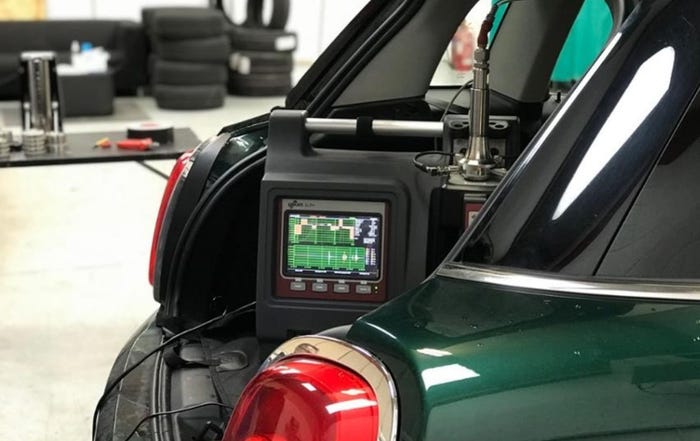Harmonization Still Needed
Harmonization of automotive crash standards worldwide, while elusive to date, is possible, says Priya Prasad, head of safety for Ford Motor Co.
November 1, 2006

Harmonization of automotive crash standards worldwide, while elusive to date, is possible, says Priya Prasad, head of safety for Ford Motor Co.
It has taken a decade to harmonize some standards within the U.S., and little progress has been made internationally in more than 30 years. International dialogue is slow and occurs only in a few forums, not all of which produce binding agreements. But Prasad remains optimistic in a presentation at Convergence.
“We should take all regulators and interested parties and lock them up for three weeks and they should be able to come up with some international standards,” he says.
“Once you put out a safety technology, you know it will be regulated,” he says, pointing to pending U.S. legislation that will require all vehicles to have electronic stability control by 2010.
The hope is the standard will apply globally. The reality is there is great disparity to date. Not only do safety requirements differ regionally, there can be more than one set of rules within a country, Prasad says.
Crash-test criteria differs in the U.S., for example, between government regulators, the Insurance Institute for Highway Safety and New Car Assessment Programs (NCAPs) — with auto makers trying to design vehicles to jump through each set of hoops.
Read more about:
2006You May Also Like



